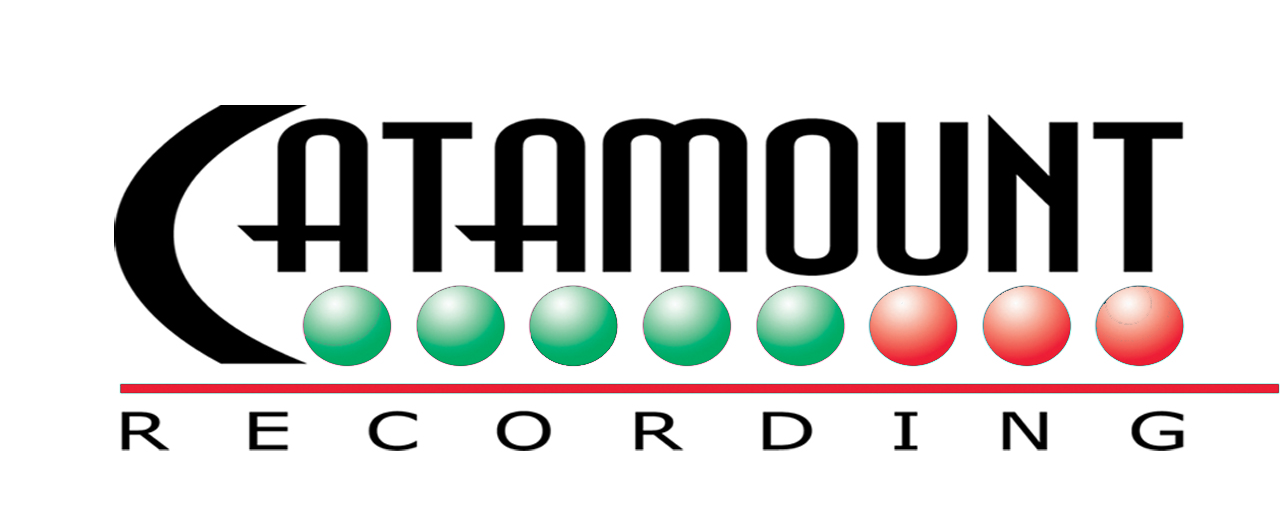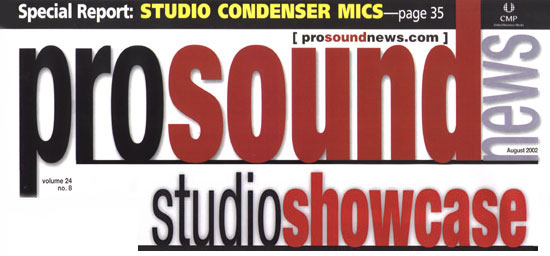Catamount Recording changed more than just its appearance when they relocated within Cedar Falls, IA this past February. What was a big one-room recording studio, with a co-owner serving as producer and engineer of nearly all of the acts coming through its doors for over 20 years, has been replaced by a higher-end, two-room facility in a new location, with much greater business and creative potential.
The Catamount team got started in 1979, and worked throughout the 1980s and ’90s in its former location, where co-owner and producer/engineer Tom Tatman refined his skills and sound. Catamount co-owners Tatman and electronics whiz Rick Bisbey–who met when Bisbey was a live sound engineer for a band Tatman was managing–began a creative partnership in order to develop the band’s material. Purchasing a Tascam 8-track recorder, the two turned a practice facility into a project studio with no intention of it ever being a commercial enterprise. From that point on, however, the studio has been just that, and Tatman’s producing and engineering career has matured and added a great value to the facility.
“I liked recording better than managing, so made a go at recording,” Tatman recalls. In developing a recording practice, and recording so many bands over so many years, Tatman has generated business through word-of-mouth, many passing on the good word that Catamount is a not-so-clinical recording experience. Now in a beautifully designed new space, Tatman admits that the business is growing. “The new facility is much more ‘live’ than before,” explains Tatman. “When we contacted Carl Yanchar at Wave~Space in los Angeles (who designed the new facility), I told him I wanted the ability to have more of a concert hall kind of sound, and that’s what he designed for us. For awhile, I had to adjust my techniques to take into account the increased ‘liveness’ of the room, but it was a fun problem to have. Bands just love to play in this room.”
Perhaps a critical component in Catamount’s success has been Tatman’s somewhat unique recording techniques–an element that certainly generates a lot of the not-so-local clientele. “Most of the techniques I’ve developed over the years have to do with musicians interacting in real time, playing live,” Tatman reveals. “l’d say in probably 90 per cent of the sessions I do, no one has to wear headphones. The big thing I see is better performances. That was something I figured out quite a few years ago: If I can get the band to play better, my recordings sound better. And, this room is just a much better place to play in, so the performances are definitely enhanced.
Studio A’s control room houses a 34 MIC/56 Line-input Neotek Series IIIC console (refurbished and upgraded by Bisbey), a console Tatman appreciates for its simple worksurface and short signal path. “I suppose we’ll get a new console sometime, but right now it’s like a 57 Stratocaster to me,” admits Tatman. “it’s a funky old console that sounds great. It allows me to really get into the artistic part of things and not get lost in the technical process. Studio B is dedicated to digital mastering and recording, and features Pro Tools and 20-bit ADAT recording systems, with Tannoy SRM 15X main monitors and Event 20/20 nearfield monitors.
Catamount’s other engineer, Jon Chamberlain, works on a lot of smaller recording projects and does a lot of mastering in Studio B. With the option to book two rooms at the same time now, Catamount is generating a lot more money than it used to. “We’ve raised our rates for the main room, and people see the new price as more of a bargain than the old price for the other facility,” Tatman points out. “We’ve just opened our second room and having two sessions at once is becoming more of a moneymaker.
While Tatman’s passion is recording good musicians, he does show some business savvy in that he has developed a facility and gotten the word out to the regions surrounding the small metropolitan city of Cedar Falls. In fact, by developing the studio business in a similar way to a doctor’s practice in Anytown USA, Tatman and his studio have been virtually 100 percent booked since 1984.”Our main goal is in being able to make an album that sounds like a real album for a whole lot less than it’s made anywhere else,” says Tatman. “There’s really no economic reason for a studio like ours to exist in a town the size of Cedar Falls except that we really like the area. We really depend on people in adjoining cities and states coming here rather than other studios. We have to work harder to make a better product for less money. And, that seems to be working out.”
In the process, Tatman has been hooked up with some big-name rock-star types, through an earlier association with some grunge labels in the ‘9Os. A Roadrunner band called Stone Sour, with Corey Taylor of Slipknot, and other members of Slipknot and members of a former band called Dead Front, has done a lot of work at Catamount. S0, in the midst of a lot of local projects, Tatman still brings in some commercially higher-profile projects.
Though Tatman is not a self-proclaimed gear head, he really enjoys the vintage analog gear at Catamount, and the classic instruments they own, many of which have greatly contributed to some of the wonderful recordings to come out of Catamount. “I use Pro Tools for editing,” he says, “but I am personally very much into the tape compression and harmonic distortion you can get from 2-inch tape. That’s still my main medium. I’m definitely not one to want to create the magic. I want to capture it.”


